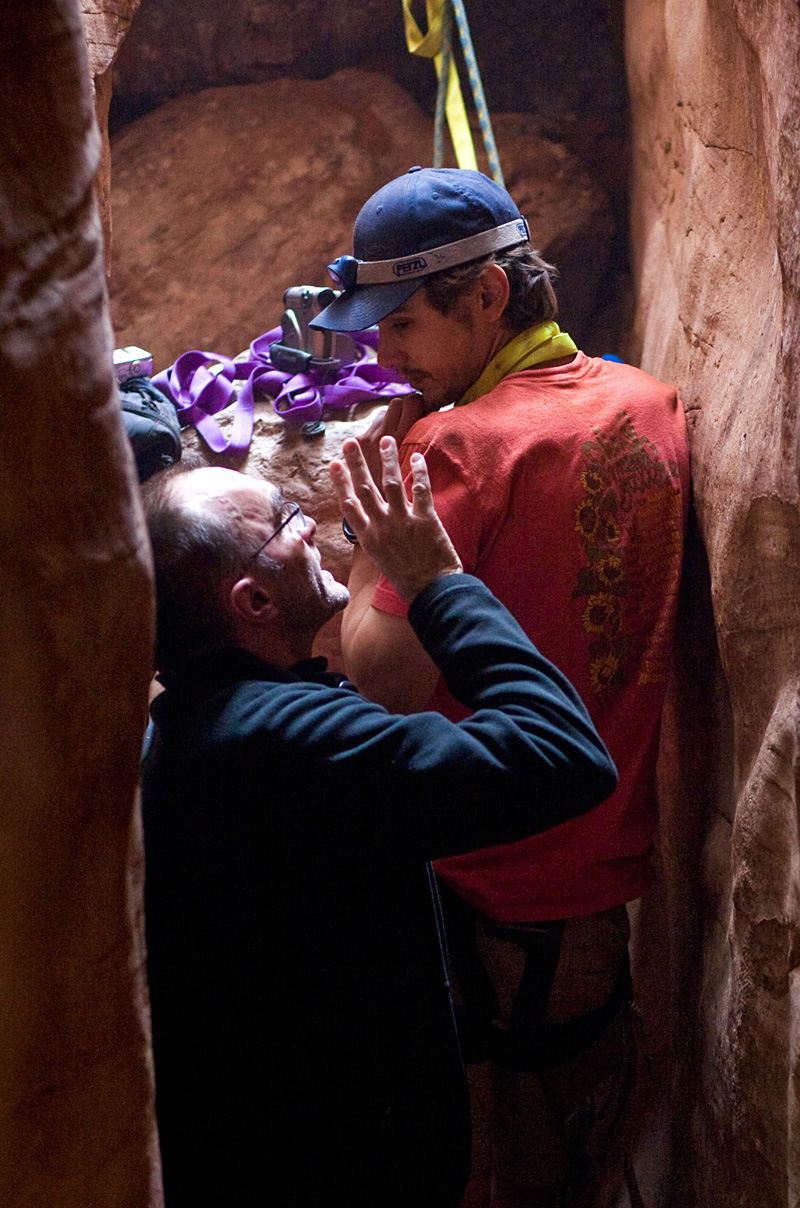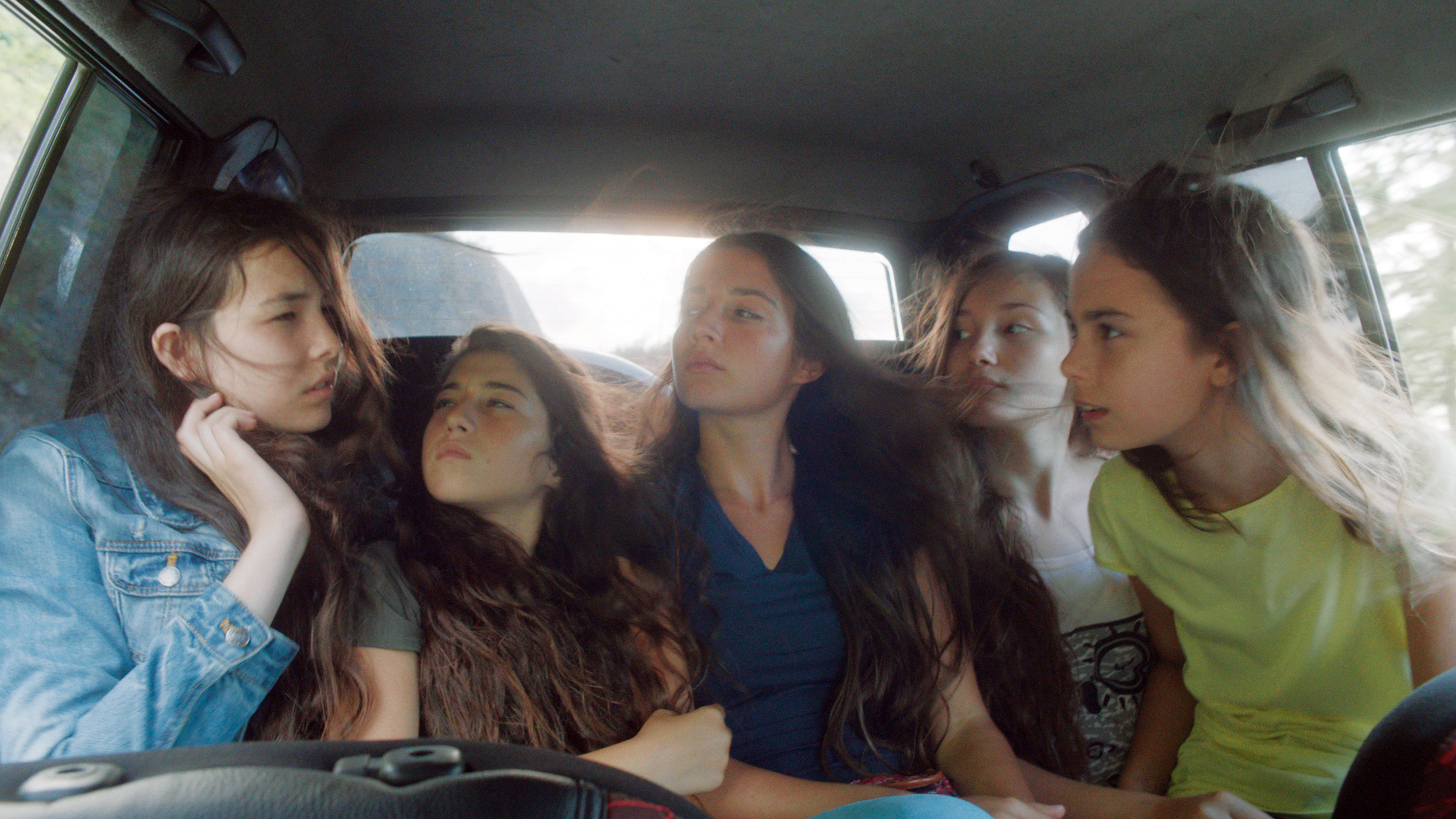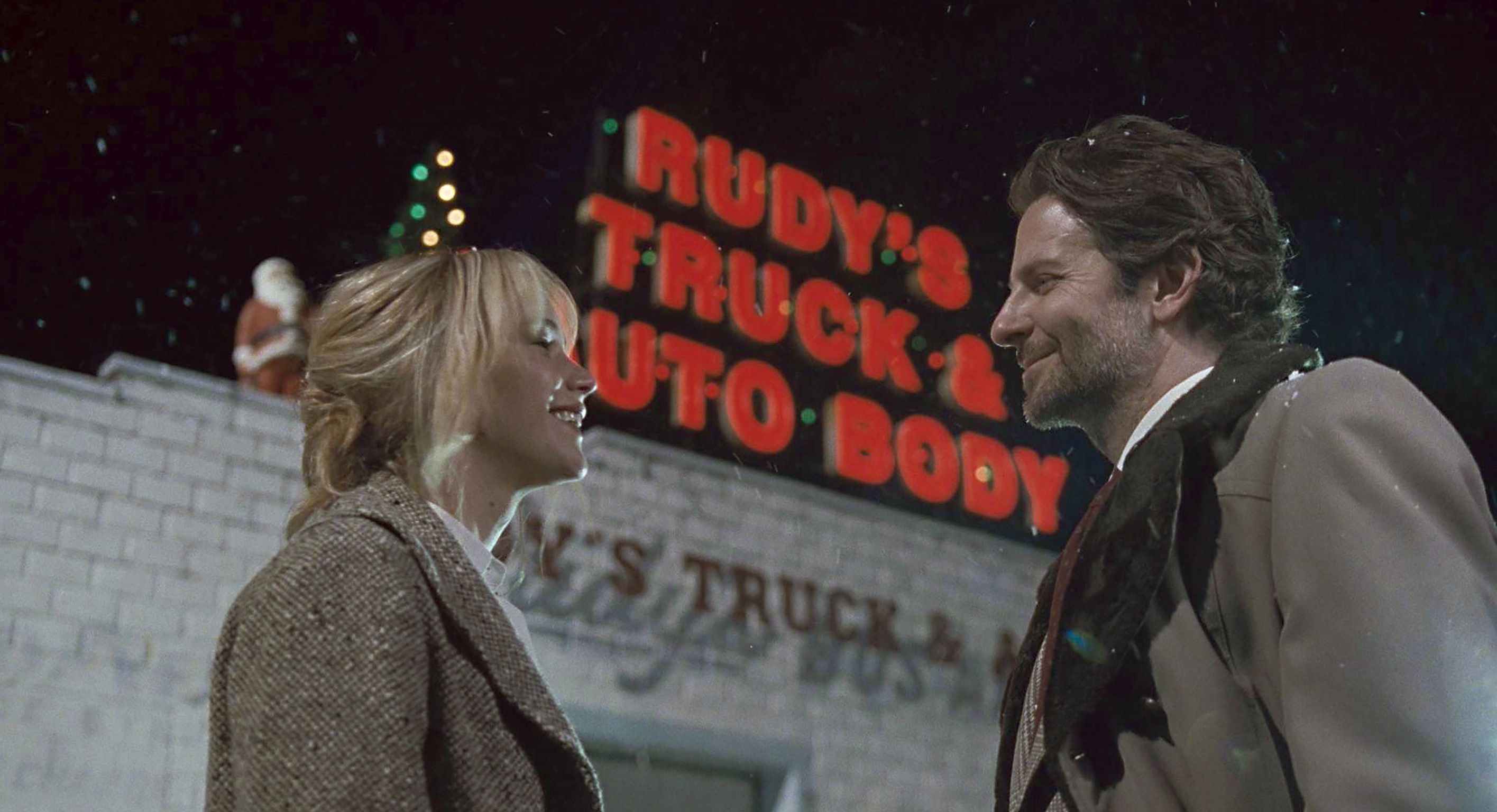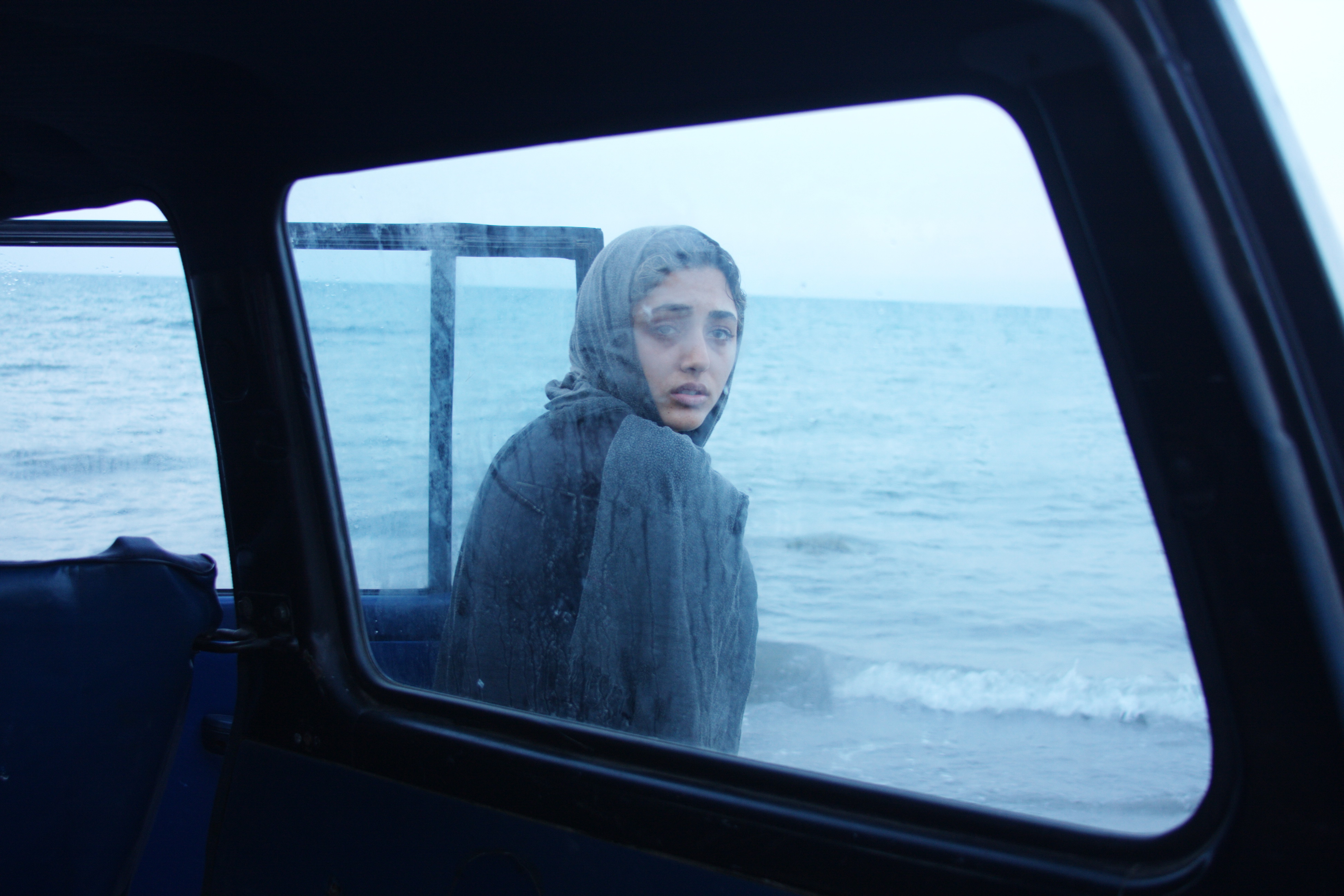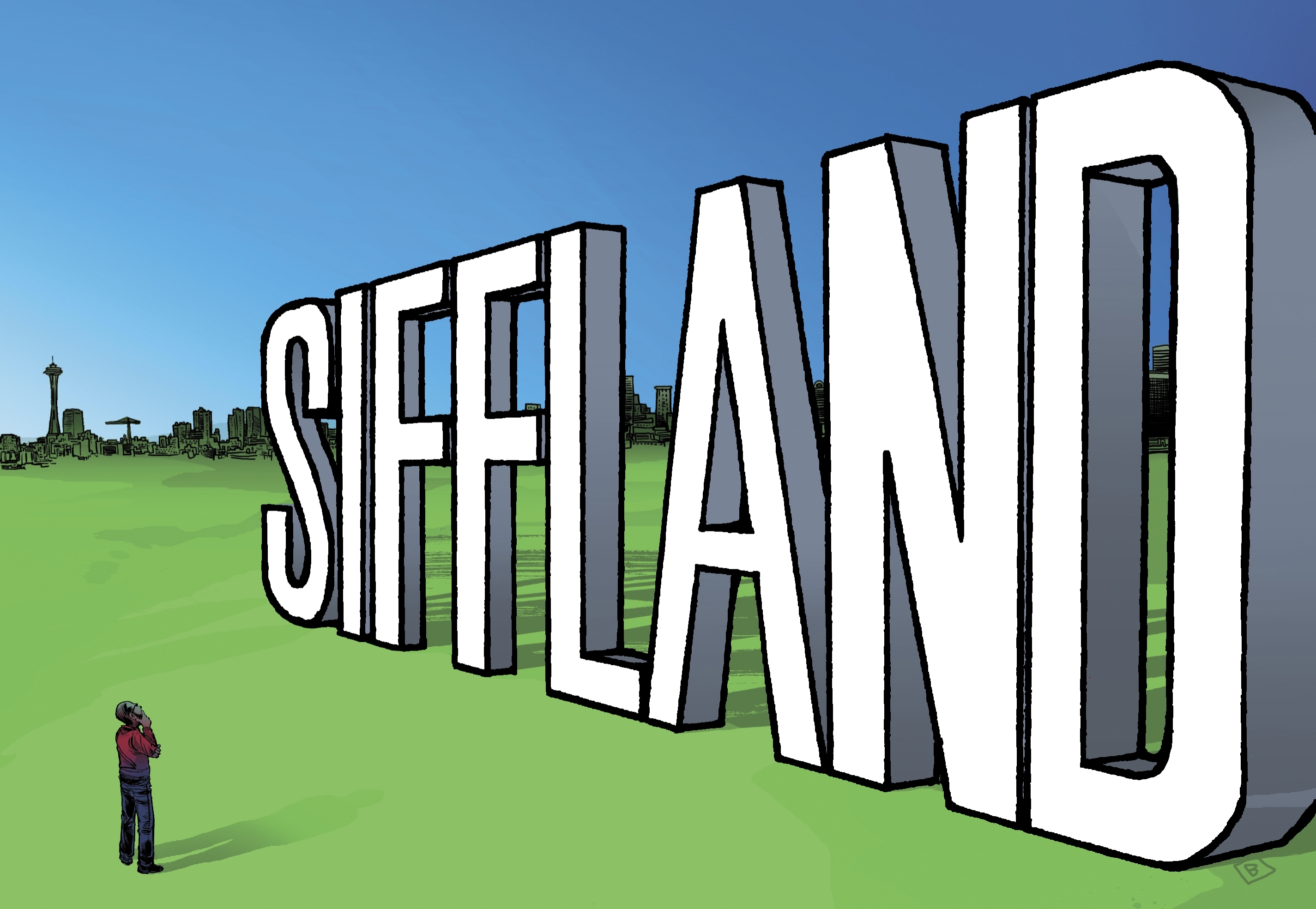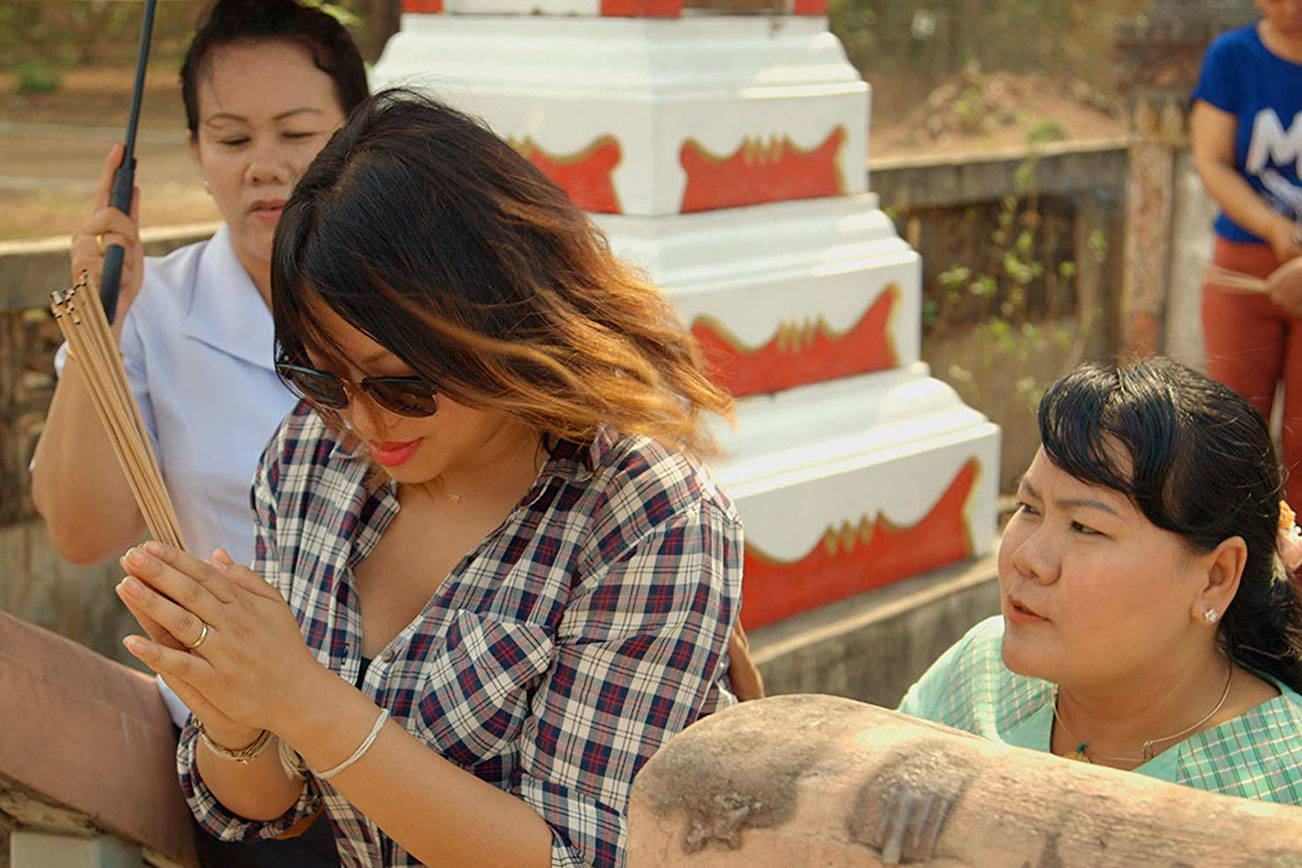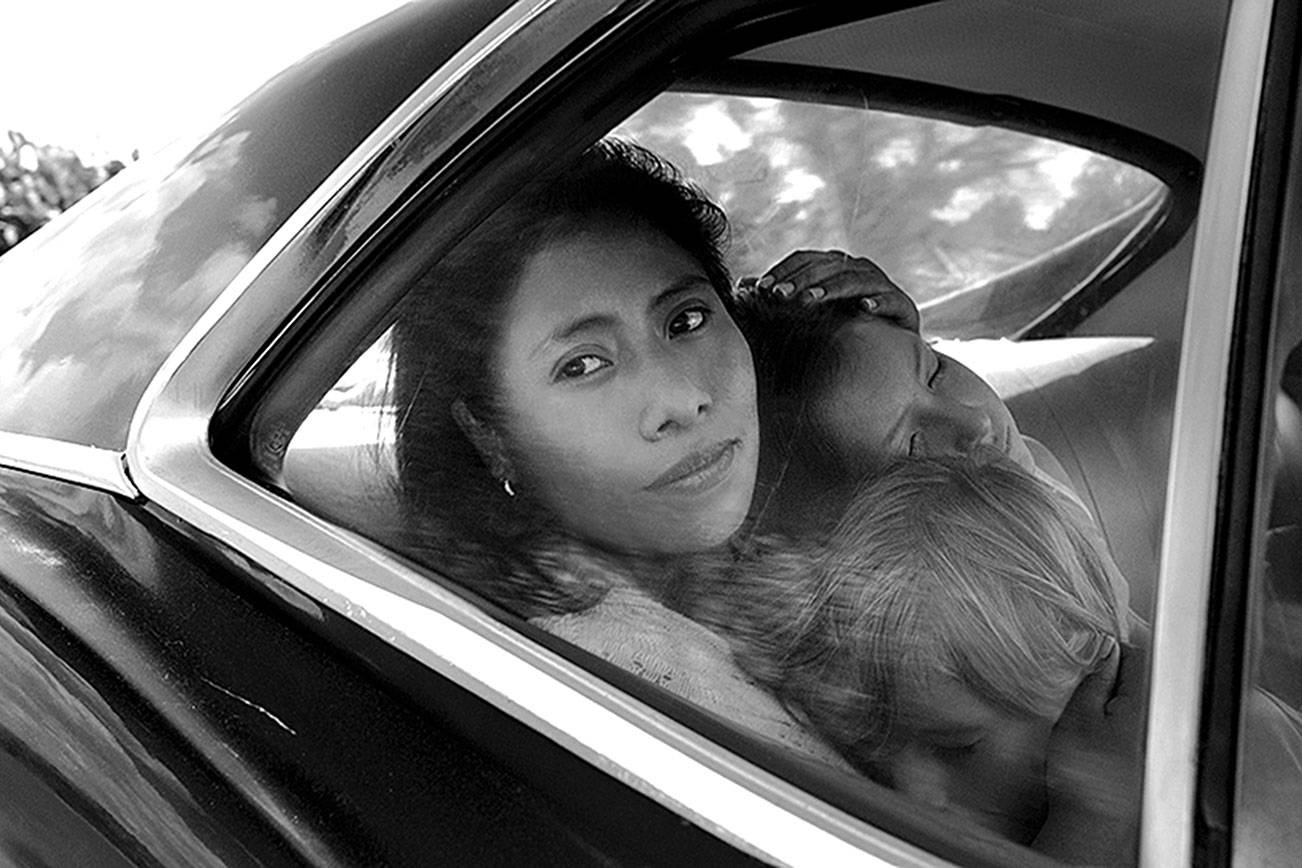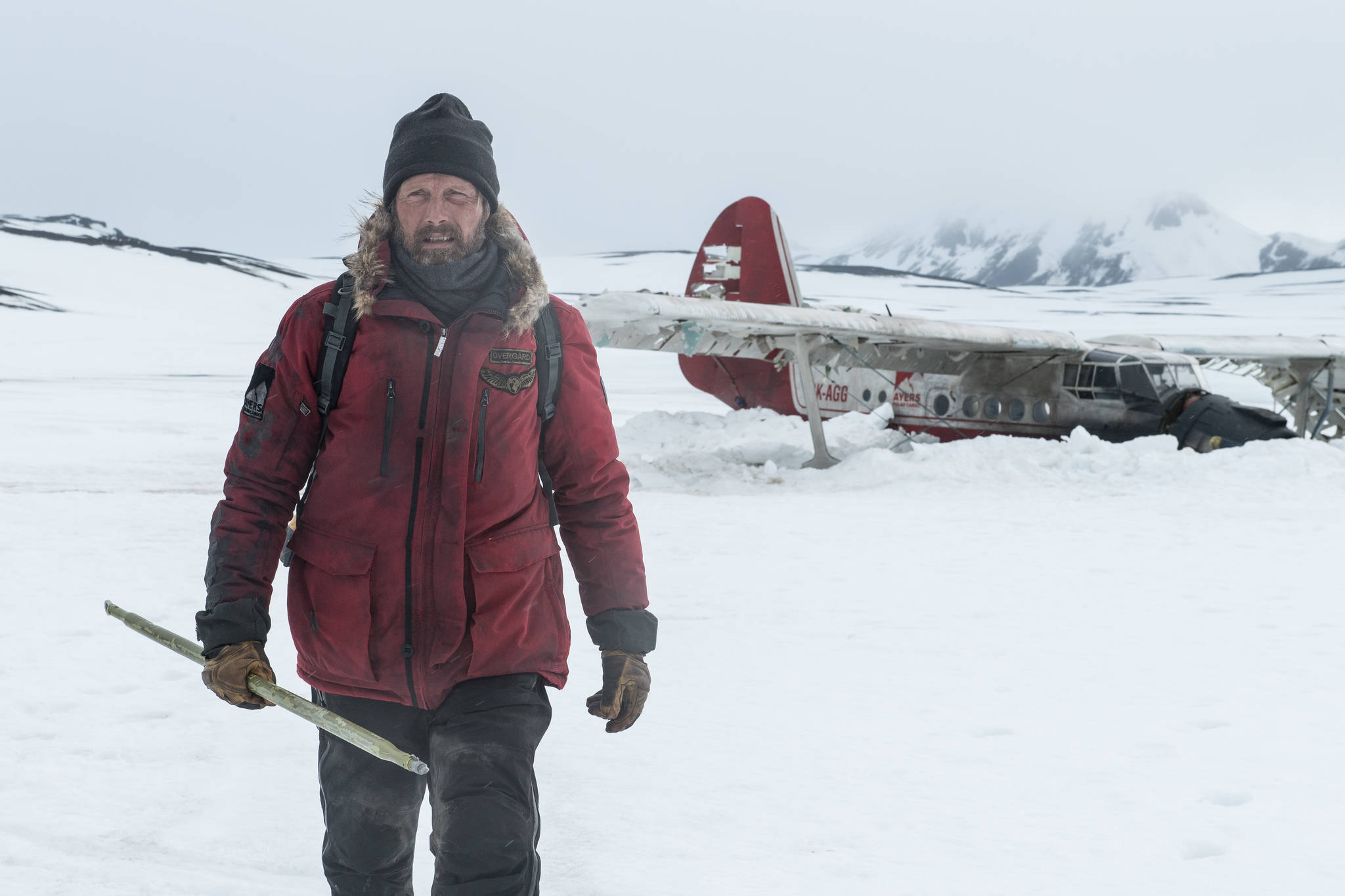After earning an Oscar for Slumdog Millionaire, director Danny Boyle was well aware that the true story of Aron Ralston being trapped in a Utah canyon for five days might be a tough pitch to backers. No rags-to-riches uplift, no Bollywood singing and dancing, just a guy stuck in a claustrophobic sandstone tomb, without prospect of rescue, talking to himself, daydreaming, and hallucinating. “I could tell in describing it to people,” says Boyle during a recent Seattle visit, “that they . . . thought it was a vanity project, typical Oscar reaction—you go off and make something unwatchable.”
Then there’s the other potential problem for 127 Hours (see review): We know the outcome from Ralston’s bestselling 2004 book. And the crux there, as in the movie, is his decision to amputate the arm that’s been pinned beneath a dislodged boulder. Boyle admits, “People thought, ‘Fuck, it’s going to be impossible to watch!'”
Well, it does sound that way, doesn’t it? The impetuous young Ralston (James Franco) is essentially buried alive, the only man at his own funeral, with only his video-cam to talk to. He’s scared and utterly alone, having told no one where he intended to hike that day. (“Don’t lose it,” he tells himself. “Do not lose it.”) After 127 hours, weak and dehydrated, Ralston makes the only decision he can to return to the realm of the living. At which point many viewers will avert their eyes at the gruesome self-surgery.
But, Boyle insists, “I don’t find it a horror movie full of gore. Nor is it a superhero survival film. It’s actually a story about growth—what normally takes you to take 20 years to achieve.”
Indeed, the surprise for some viewers may be how 127 Hours dwells on Ralston’s forced self-reflection. Only the film’s first 20-odd minutes are spent outside the canyon. After that, the movie is essentially interior—Ralston seeking to escape his stone coffin with ropes and chisel, but also escaping into memory and fantasy.
“I was impatient to get back to the canyon,” says Boyle. “That’s the cinema experience. You only get relief when he gets relief. That’s the only way, I felt, that you’d be able to depict the way he gets out of there in a truthful way. And it might be bearable to watch. Because any other manifestation of it is gonna sensationalize it. Or, equally dangerously, you would trivialize it by making it happen too quickly.”
During the film’s long middle section (a compelling one-man show for Franco), our callow 27-year-old hero must take stock of his life—the ex-girlfriend for whom he didn’t make enough of an effort, a final phone call from his mother that he was too impatient to answer, the heedlessness with which he chose his fateful solo adventure. In other words, he grows up during those 127 hours, learning to trade “that irresponsibility and recklessness . . . [for] the preciousness of other people,” says Boyle.
He continues, “I’m not a climber, not a canyoneer, not an outdoorsperson. But in a funny way, [127 Hours] is one of the most personal things I’ve ever done. That feeling of the importance of people, our communality—I really believe in it, very profoundly. It’s a very deep thing for me. Probably what I believe in more than anything.”
Ralston’s desperation to reconnect with the living world may be his epiphany. The soloist decides, finally, that he wants to be part of something larger. That insight is presented in almost spiritual terms in 127 Hours, and it comes only after a physical ordeal like those of the medieval saints who went to live in caves or self-inflict other bloody tests of the flesh—all to be closer to God.
Boyle acknowledges the parallels: “Oh, yeah! All that! I come from that background religiously. People mention this [Catholicism] in all my films.” Of Ralston’s story, he says, “I did find it transcendent. The euphoria, the breathlessness of release, that life is being given back at the last possible moment, rebirth.” But, he cautions, “It was non-religious. In the foxhole, he was still an atheist.”
Yet for Ralston, a secularist and engineer, the awesome, overwhelming materiality of nature is a kind of church, and 127 Hours dwells on its physical details—hands touching red rock walls, the faint warmth of sun (for only a few hours a day) where the hero is trapped in darkness, the lapping of those last precious drops of water. All demonstrate, for Boyle, cinema’s capacity “for magnifying something interior.” Thus when ants brush against Ralston’s snoozing face, he’s triggered into a dream of a girlfriend’s caress, and we, too, briefly leave the canyon.
Still, Boyle doesn’t see nature or adventure as being central to his tale. The locale for his hero’s confinement and meditation was purely accidental, he says. “This has nothing to do with the wilderness. He could be trapped in a broom cupboard anywhere.”
